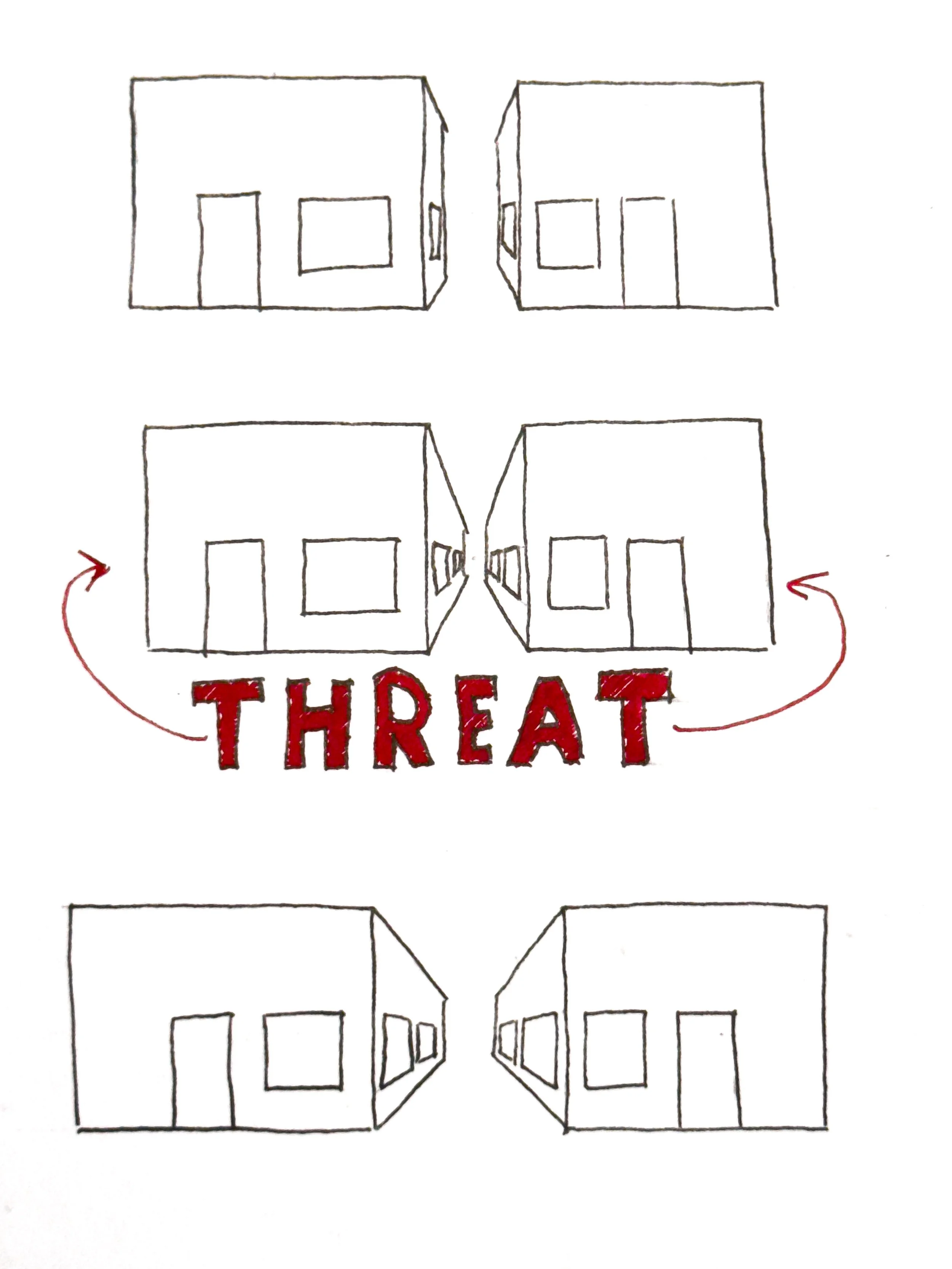Book Review: Crossings - How Road Ecology is Shaping the Future of Our Planet
Crossings: How Road Ecology is Shaping the Future of Our Planet made quite a splash last in year the urban planning world. The New York Times included it on their list of 100 Notable Books of 2023 and Planetizen named it one of the best planning books of the year. I started reading it after listening to the War on Cars interview with the book’s author, Ben Goldfarb.
Ecology is a critical subject for any urban planner to understand. Not only do our cities have an impact on the natural world, but humans are still animals and we can learn a lot about how to build habitats for humans by looking at habitats for other animals. A great example of this comes in Chapter 2 of Crossings when describing openness ratios for animal undercrossings. An undercrossing’s openness ratio is a comparison of the area of the cross section of the undercrossing to its length. The longer an undercrossing is, the bigger it needs to be in order for animals to use it.
Planners can use this same concept when creating development standards or siting buildings. The longer two parallel walls flowing one another, the further apart they need to be. It might be fine to place to buildings within a few feet of one another if the walls are short, but the longer the walls the more space is needed between them for it to be a comfortable environment. These are the types of lessons we can learn from ecology to apply to our built environment.
Crossings teaches many such lessons we can apply to our built environment as it provides a broad overview of the field of road ecology. It documents humanity’s impact on the natural environment through our roads. Roads are not just scars upon the land, but they profoundly affect the natural environment in unexpected ways.
Successive chapters of the book provide at once the history of road ecology as a science, and the various impacts roads have on nature. It starts by looking at the most obvious impact cars have on animals, roadkill. Roadkill provides the backbone for road ecology and the book.
From the foundation of roadkill, Crossings then continues on to discuss the unseen impacts of roads on animals. Roads cut off animal migration routes and isolate populations in unsuitable areas for their survival. Roads also pollute the natural soundscape of the habitat they cut through, disrupting patterns of sleep and feeding for animals for miles around. These are just some of the impacts laid out in great detail in Crossings.
Throughout the book, for many of the problems roads create, there are examples of various efforts to mitigate those harms. Some of the programs that the book looks at are wildlife under- and over-crossings, barriers along roadways to stop roadkill, human assisted migrations, rebuilt habitat corridors, and citizen science to better understand the impacts of roads on the natural environment. Of course, the best way to mitigate the impacts of roads is to remove them completely. However, after roads are removed, they can leave a lasting scar that continues to impact the wildlife far into the future.
Where Crossings falls short is when looking at the future, and at the road’s impact on humanity.
There is a sizable section of one chapter that focuses on the challenges and opportunities regarding autonomous cars that already feels hopelessly out of date even though the book was just published last year. Given the recent and very public failures of autonomous cars, they feel much further away today than they did a year ago.
There is also a chapter right at the end of the book about how roads have shaped our cities. This chapter mostly focuses on how the Interstate system was used fairly systematically to pave over and destroy prosperous communities of color in American cities. This section of the book could have been greatly expanded to talk about how the growth of road networks in our cities over the past century have transformed our cities and society.
Crossings is a great overview of road ecology. The most valuable portions of the book are in the first half, and it’s just missing that bit about the road’s impact on humanity. I encourage any urban planner to pick up a copy to at least read the first half to better understand how what we build impacts the planet, and maybe reflect on how we could build better to reduce those impacts.


